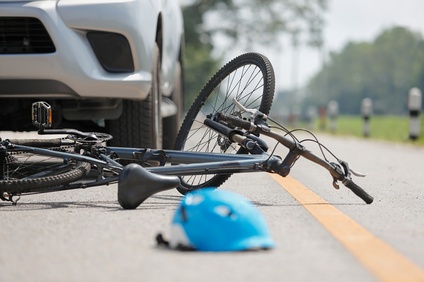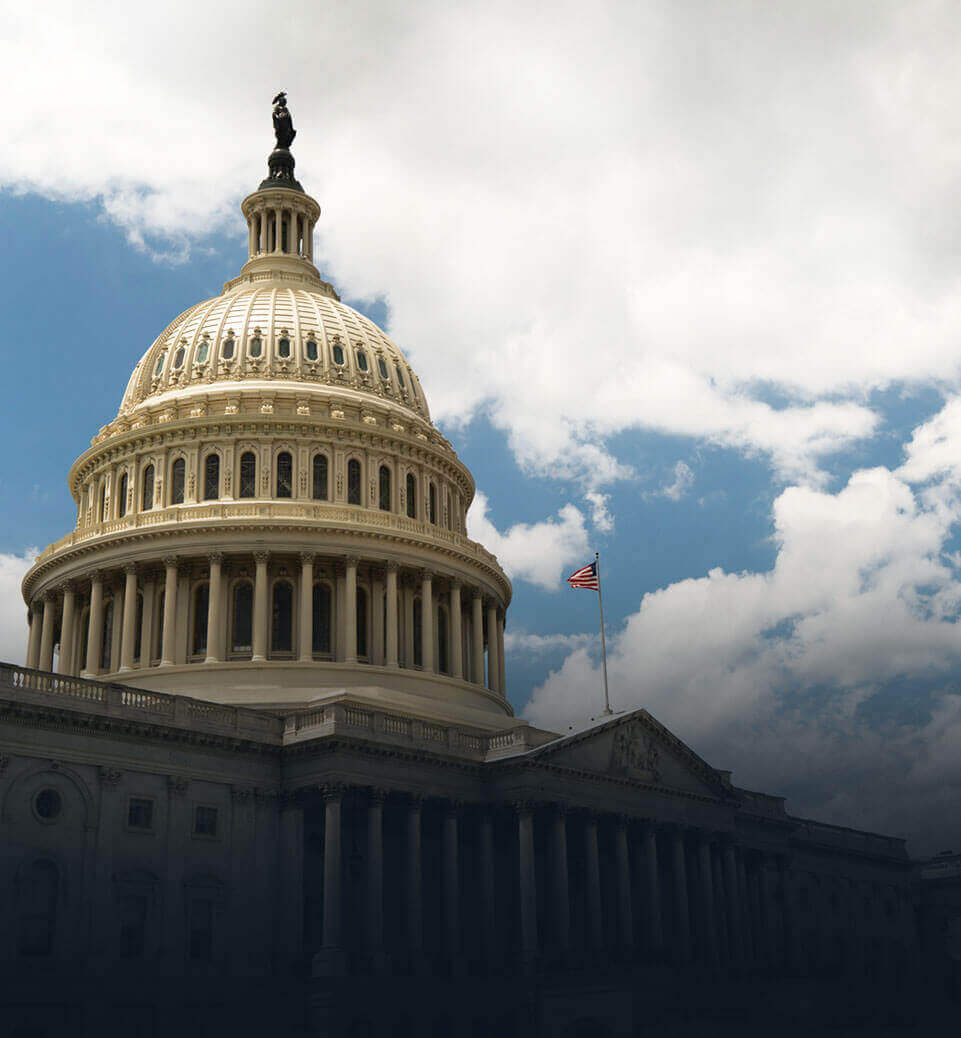4 Questions to Ask Yourself If You’re in a Bicycle and Automobile Collision
Even the most experienced cyclist runs the risk of being involved in an automobile collision. Aside from remaining alert and wearing high-visibility clothing at night, there isn’t much else that an individual cyclist can do to prevent these incidents. However, cyclists can equip themselves with knowledge of how to proceed in the unfortunate scenario that an automobile collision occurs. These are the top 4 questions cyclists should consider in the event of an automobile collision to receive the compensation rightly deserved.
What to do at the time of the collision?
The first step is to determine whether the collision has caused pain or injury. If so, dial 911 to seek out medical treatment immediately. Once the police arrive on the scene, give the police a statement. If you’re able to move freely without considerable pain, follow these steps immediately following the collision:
- Get the name and address of the driver(s), any passengers, and any witnesses
- Get the driver’s license and insurance information
- Write down the license plate number, including the state of registration
- If there are injuries, demand that the driver stay until the paramedics and/or police arrive
- Report the incident to the insurance company, but avoid statements regarding the nature and extent of injuries until consulting a bicycle accident attorney like the personal injury attorneys at Belgum, Fry & Van Allen
What evidence can be gathered?
In addition to the other vehicle owner’s name, registration, and contact information, it can be helpful to gather information from any witnesses present at the scene of the collision. If you are able to, survey the scene of the collision and photograph any physical injury and damage to the bicycle.
Preserve all physical and digital evidence. These days, many cyclists use technology such as GoPros mounted to helmets, apps, or GPS watches to record their bike rides. Keep the helmet, your route data, ripped clothing, damaged bicycle, and anything else from the time of the collision.
Keep a record of any after-effects following the collision. Concussions and mild traumatic brain injuries are fairly common when it comes to cycling accidents. Document symptoms such as, but not limited to, dizziness, trouble finding words, memory loss, or ongoing pain.
While it may not be top of mind, this information is important to remember when pursuing compensation for injuries. Any physical or digital evidence is relevant to present to a bike accident attorney representing the individual’s claim. The evidence gathered can go a long way towards demonstrating proof of the extent of any injuries sustained from the collision that will support a personal injury claim.
What insurance coverage applies?
The automobile insurance coverage of the at-fault vehicle should apply to any injury or property loss. However, cyclists should also understand that the uninsured or underinsured motorist coverage for their own motor vehicle(s) applies to injuries sustained if the cyclist was struck by a driver without insurance or covered by insurance with insufficient coverage limits. Contact the insurance company to understand the limits of the auto insurance policy to see if your claim can be processed as an uninsured or underinsured motorist claim.
When is seeking legal advice necessary?
Those seeking legal counsel from a Los Angeles bicycle accident attorney should be advised that the sooner an attorney can be contacted the better. The personal injury attorneys serving the Greater Los Angeles area at Belgum, Fry & Van Allen can solidify the personal injury claim and advise on the proper protocols to help cyclists who have been injured by a reckless driver. First, fill out a free case evaluation form, and a personal injury attorney at Belgum, Fry & Van Allen will reach out about the next steps and offer advice regarding the viability of the case.




